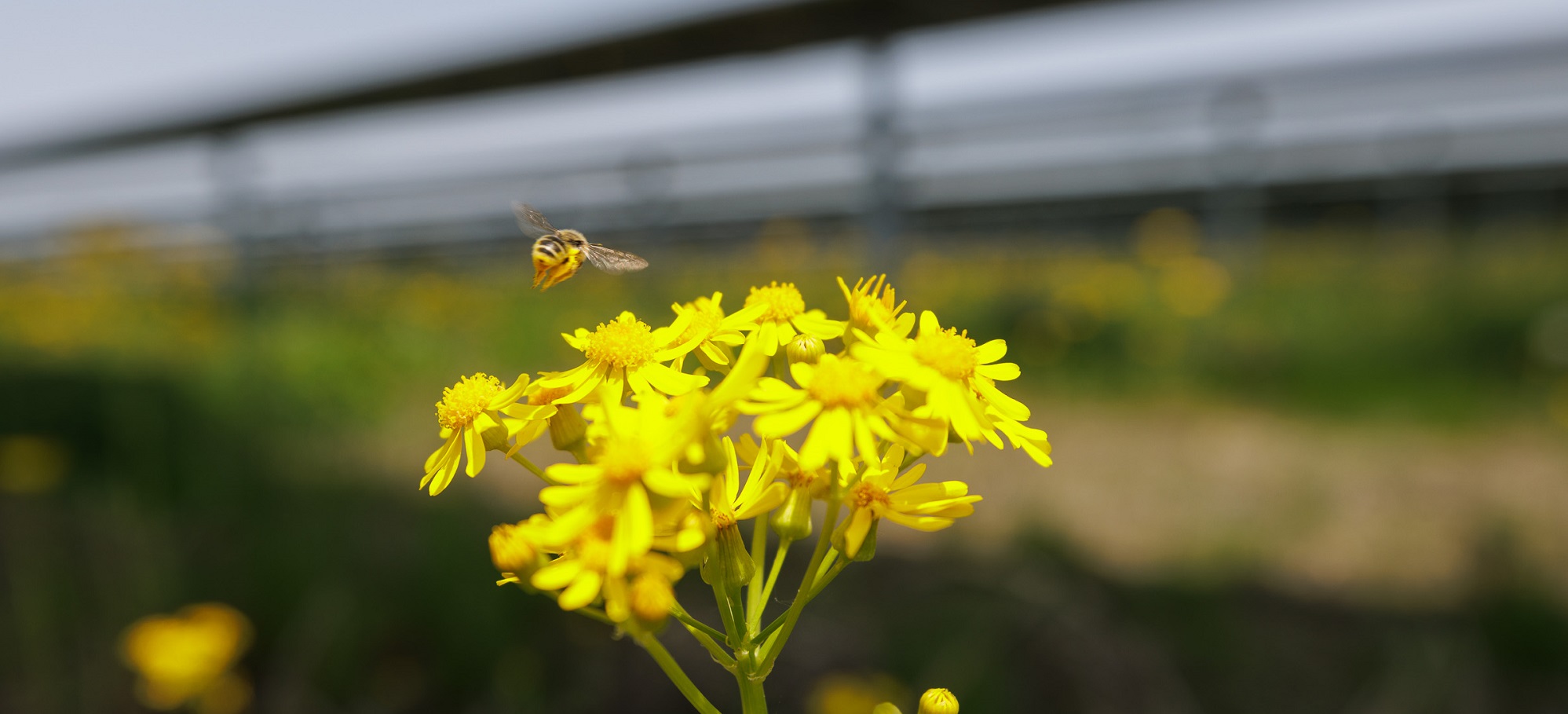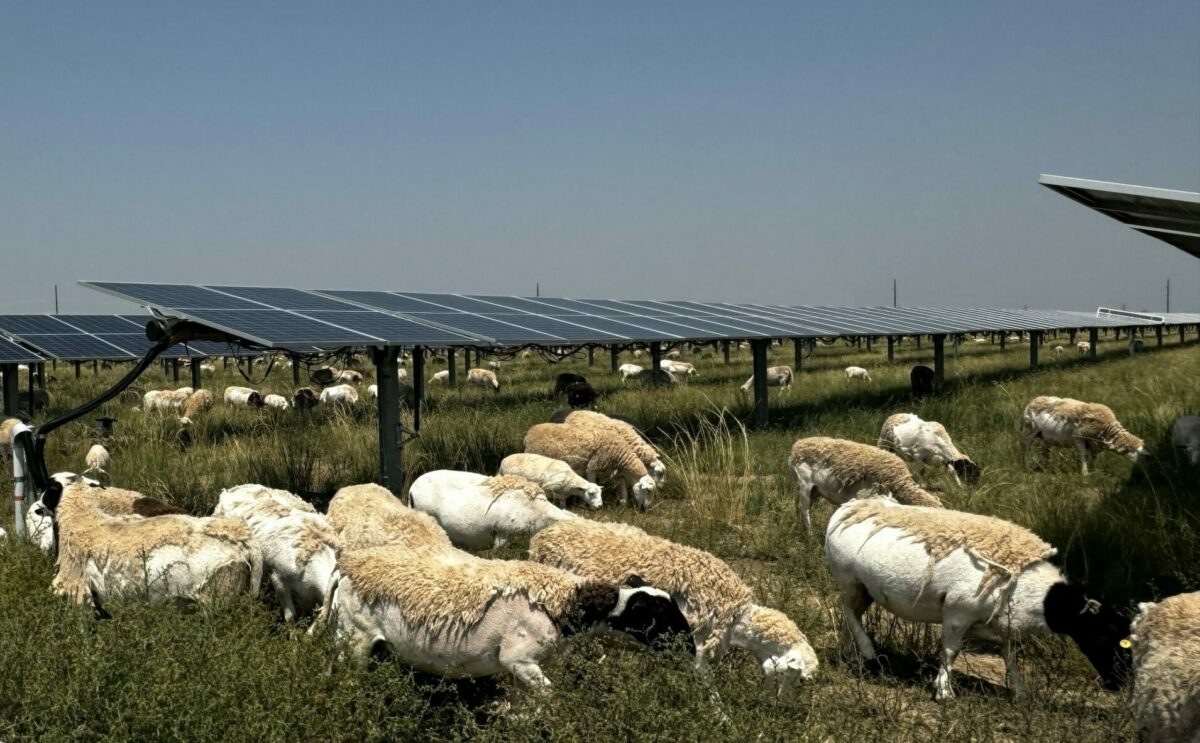Researching the benefits of pollinator conservation at Bellflower Solar
Climate change and biodiversity loss are two of the most critical, intertwined issues our planet is facing. Our environment, our lives and our livelihoods are at risk. As we work to decrease carbon dioxide emissions from electricity generation in order to fight climate change, we also are working to help increase the variety of living species on Earth.
As part of our Responsible Solar ethos, Lightsource bp’s goal is to increase biodiversity at our solar projects, creating habitat for a variety and abundance of species under and around the solar panels. In addition to boosting on-site biodiversity habitat for pollinators and other wildlife, our Bellflower Solar project is helping advance research in this area.
The 173MW project in Indiana’s Rush and Henry Counties is a test site in a study on the co-location of PV solar and pollinator habitat, funded by the U.S. Department of Energy. Keep reading to learn more about this study and the role Bellflower Solar will play!
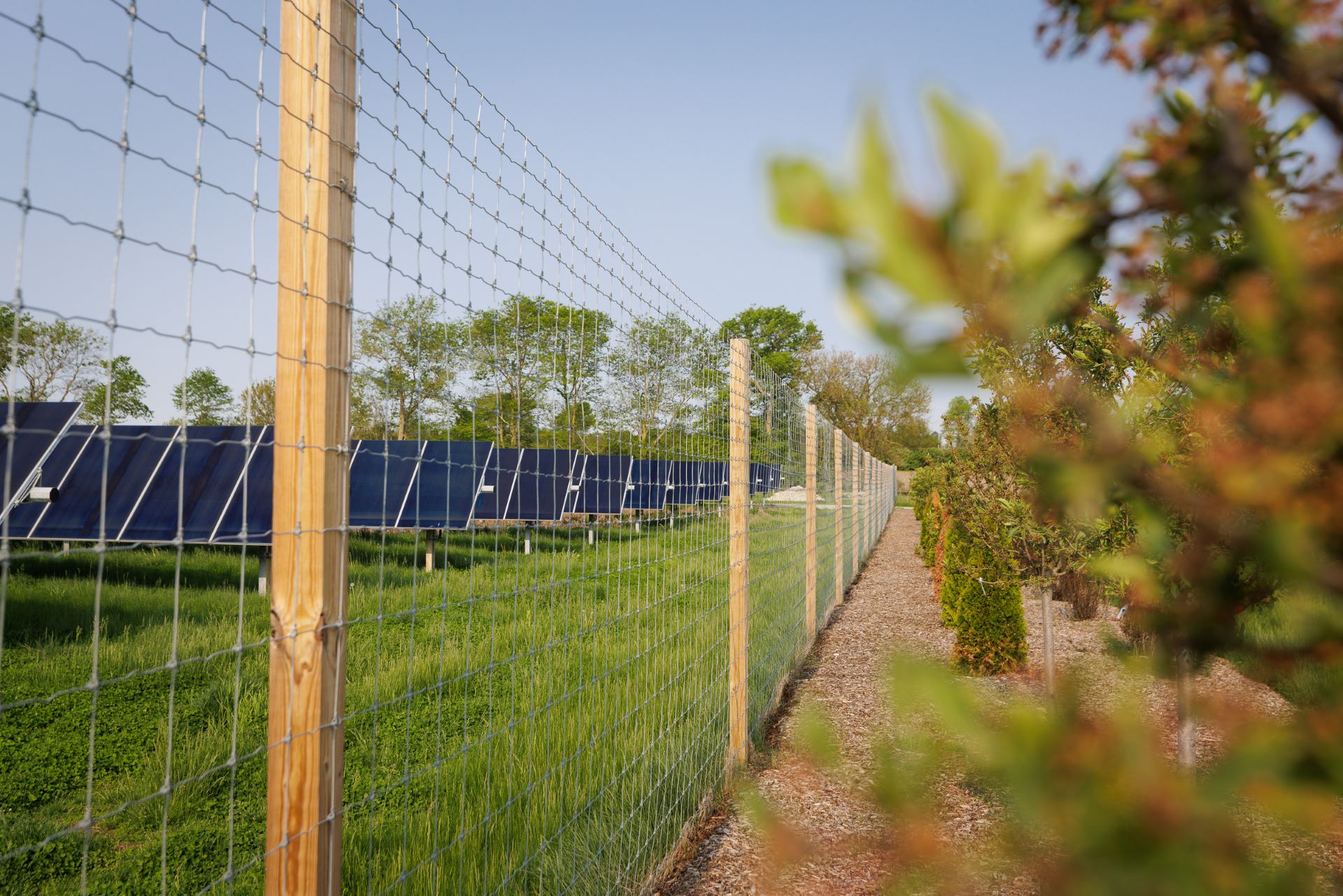
The Pollinator Habitat Aligned with Solar Energy (PHASE) study
The Pollinator Habitat Aligned with Solar Energy (PHASE) study, funded by the U.S. Department of Energy Solar Energy Technology Office (SETO), will measure the ecological benefits of pollinator habitat at utility- scale solar projects, including Bellflower. In addition, the study will assess whether the pollinator habitat impacts photovoltaic performance and maintenance costs.
The research team consists of the University of Illinois Chicago, the University of Illinois Urbana Champaign, the Argonne National Laboratory, and the National Renewable Energy Laboratory. Six solar facilities across the Midwest, including Bellflower, have been selected as field research sites for this study.
The researchers will monitor vegetation, pollinator insects, birds, bats and other wildlife at the solar farm. They hypothesize that over time, they will observe more variety and abundance of species, due to pollinator plantings under and around the solar panels. The researchers also predict that once these plantings are fully established, the solar farm will require less weed removal and mowing, reducing long-term maintenance costs.
Lightsource bp is proud to be contributing to this important project. We hope it will provide information for ourselves and our peers needed to scale-up co-located habitat establishment in the industry.
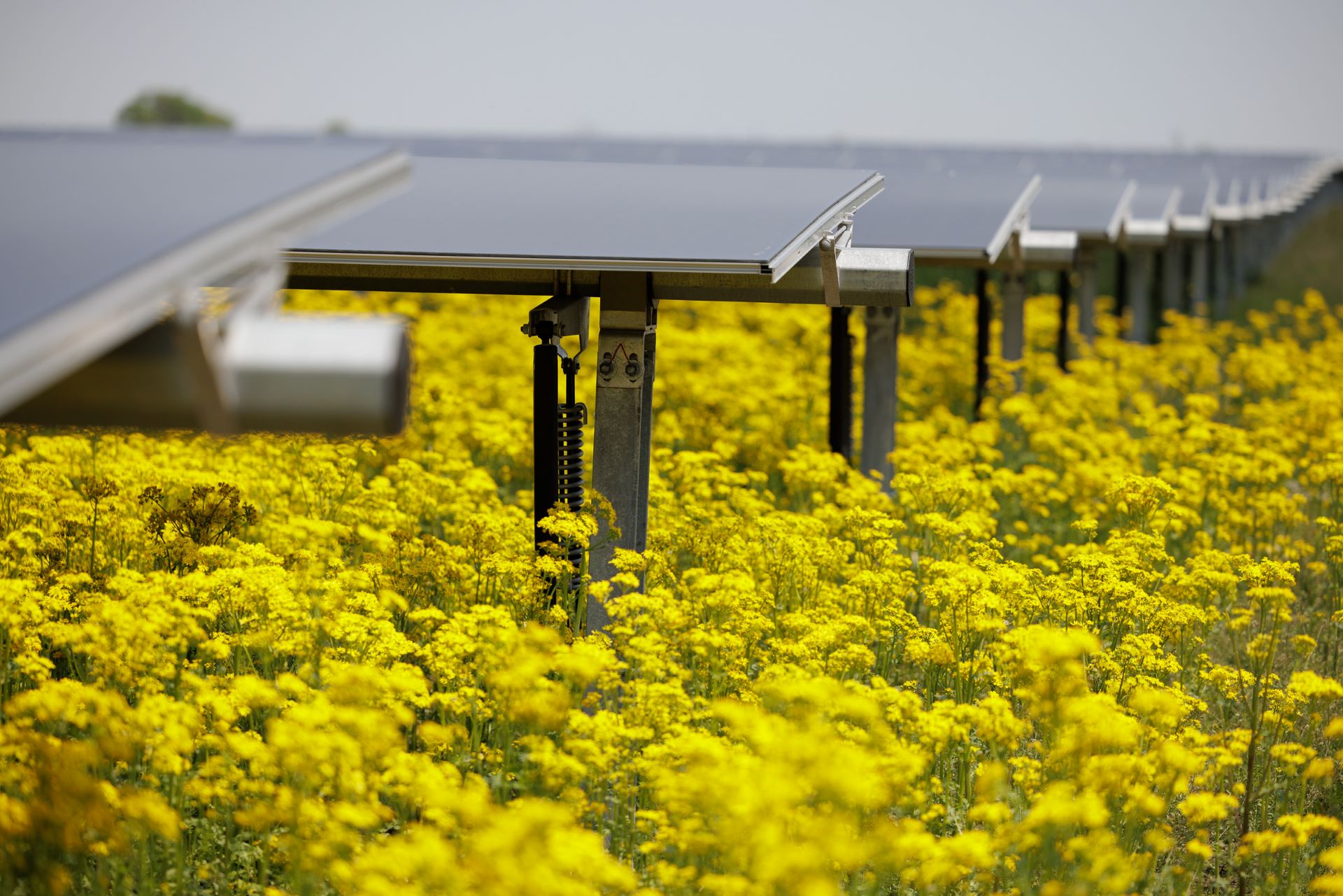
Pollinator habitat under and around the solar panels
The vast majority of flowering plants on earth depend on pollinator animals like bees, butterflies, beetles, birds and bats to help them reproduce. According to the Pollinator Partnership, that includes more than 1200 agricultural crops, representing about one out of every three bites of human food consumption.
Unfortunately, pollinator populations are declining. Scientists believe that loss of habitat for feeding and nesting is a primary cause. Every acre of pollinator habitat created and conserved makes a big difference in supporting these crucial species.
The development of the pollinator habitat plantings for the PHASE study was a collaborative effort with the University of Illinois – Chicago team, Conservation Blueprint, The Bee and Butterfly Habitat Fund, and the American Solar Grazing Association. At Bellflower Solar, these areas will provide food and habitat for many species, including insects that pollinate food crops, for several decades.
The plantings include ten acres of high-density pollinator gardens, featuring a mix of more than 60 flowering species that will provide nectar to pollinator insects in spring, summer and fall. In addition, more than 800 acres under and around the solar arrays have been seeded with a mix of native grasses and pollinator-friendly clover.
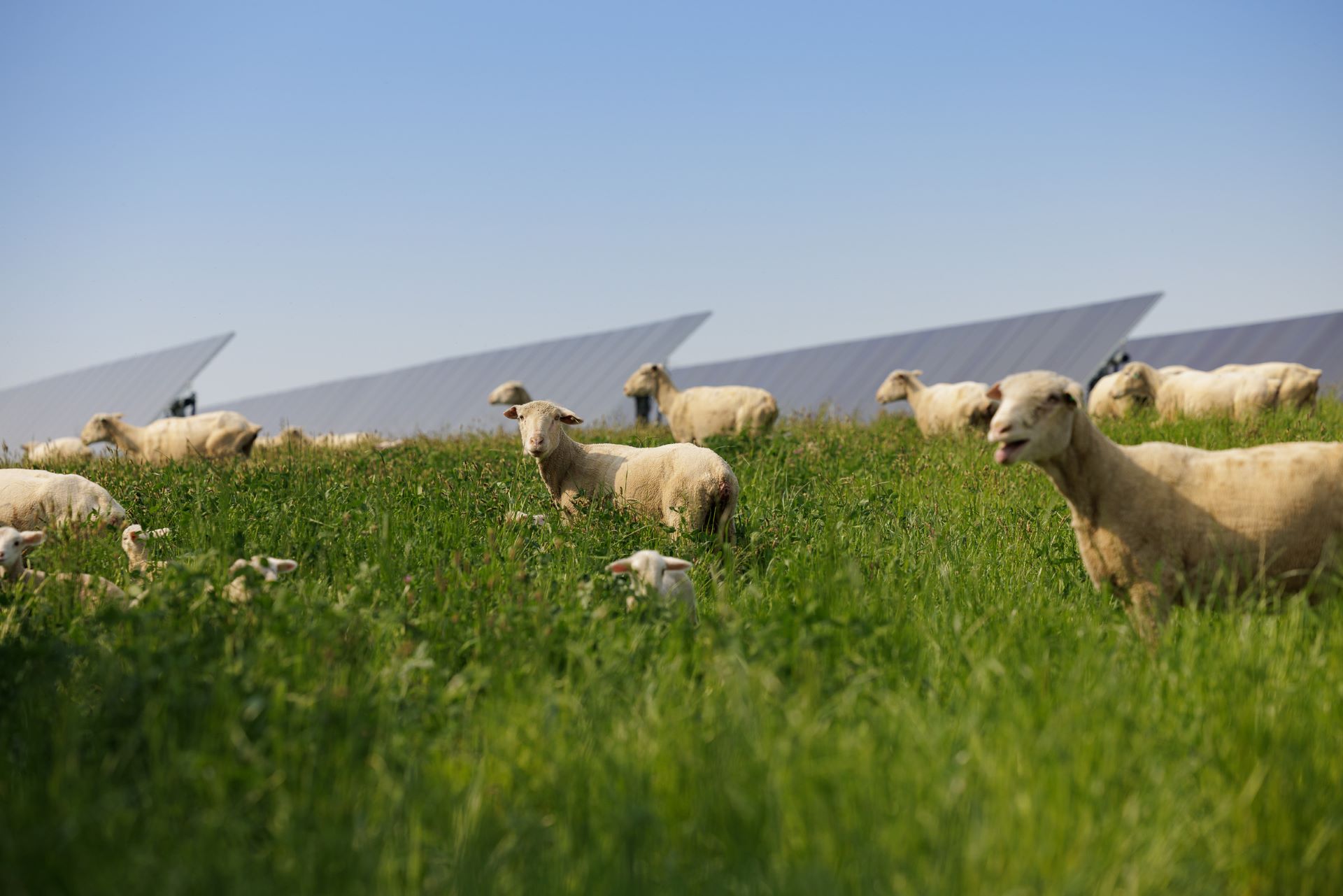
Sheep grazing, beekeeping and more
Lightsource bp has commissioned the construction of two bee yards at the project site, built with repurposed gravel from the project’s construction phase. A local commercial beekeeper will manage hives in these areas. The beekeeper’s honeybees will be able to gather nectar from vegetation at the solar farm to produce honey, which the beekeeper can sell as part of an agricultural enterprise. The bees will also help pollinate nearby crops in the process!
The researchers will monitor the activity of these bees as part of the PHASE study.
Another local Indiana farmer will graze sheep on at least 100 acres of the site seeded with clover and grasses. Research has shown that managed grazing simultaneously works to improve soil health and foster healthy ecosystems while managing vegetation around the solar panels through natural, effective means. Solar grazing helps strengthen rural economies, too. Grazing sheep at a solar farm contributes dairy, meat, and wool to the locally sourced, renewable farm market. Contracts for grazing services provide farmers with a reliable source of new income, on top of what they earn via products they produce.
As part of the PHASE study, researchers will also examine how the sheep grazing impacts vegetation and biodiversity, in relation to the different pollinator plantings.
Discover Multiuse Solar
This project is one example of our commitment to co-locating responsibly sited solar projects with other land uses in the United States—an approach dubbed “dual-use solar.” Lightsource bp often goes a step further, building multiuse solar projects where clean energy generation shares land with multiple initiatives including agriculture, conservation, and research.
Learn about more of our Multiuse Solar initiatives in the USA
03 Sep, 2024
Solar Synergy in Indiana: Our Bee & Butterfly Habitat Fund partnership at Honeysuckle Solar
Partnership for pollinator conservation
24 Jul, 2024
Restoring prairie, raising sheep and sinking carbon in Colorado
Sinking carbon on solar farms: A new kind of PV + Storage

